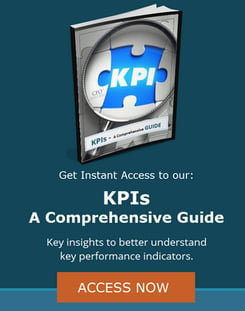Business process outsourcing (BPO) allows CEOs to focus on the job of running the entire business instead of getting bogged down with the management of individual departments and teams.
Effective outsourcing allows both large and small companies alike to lean on senior skillsets outside of the company to provide accurate information, offer impartial feedback, and inform strategic decision making.
In fact, according to a recent Intuit study, 65% of business owners surveyed said they would be “better positioned for long-term growth if they could take a step back and look at the bigger picture.” These business owners also reported that they were involved in areas of the company such as sales, marketing, customer service, human resources, and accounting, instead of outsourcing them. It is no coincidence that these activities were taking away from their ability to focus on their core business functions. When they were asked what they should be spending their time on instead, their top answers included developing business strategy, making an impact on customers directly, and innovating product/service offerings.
Business process outsourcing allows business owners and CEOs to utilize highly experienced professionals without needing to hire internally, both managing costs and improving business agility. Furthermore, outsourcing allows business leaders to reduce stress, lessening the likelihood of executive burnout.










